On the afternoon of March 5, a representative of PetroVietnam Gas Corporation (PV GAS) said that the unit will officially start supplying LNG (Liquefied Natural Gas) for industrial production from March 15.
Thus, PV GAS is the first Vietnamese enterprise to officially distribute LNG for industrial production.

Thi Vai LNG warehouse is the first and largest LNG warehouse in Vietnam, located by PV GAS in Cai Mep Industrial Park, Ba Ria - Vung Tau province. (Photo: BL)
Compared to gas, LNG is more abundant and requires less refueling. Most importantly, LNG is very environmentally friendly. This type of gas has been widely used in many developed countries around the world such as: UK, USA, Japan, etc.
In the future, LNG promises to have strong development in many countries including Vietnam. LNG is an important energy source of the future, the main energy source of clean industry.
LNG is widely used in industrial fields such as: power plants, industrial parks - urban areas. Besides, LNG is also used as fuel for transportation industries such as: cars, ships, trains, heavy trucks...
In addition, LNG is also used as a clean energy source for households in remote areas, islands, etc.
However, to exploit and use LNG, countries must spend a large initial cost to invest in infrastructure, machinery, means of transport, etc. This makes many countries develop LNG quite cautiously.
Speaking with VTC News, Mr. Pham Van Phong, General Director of PV GAS, said that LNG has outstanding advantages in terms of energy efficiency, environmental friendliness, and convenience in transportation.
According to Mr. Phong, distributing LNG by tanker trucks, ships and trains will ensure a continuous, efficient and high-performance energy supply chain for this enterprise's partners.
“ PV GAS has completed the 1 million ton LNG storage project at Thi Vai since July 2023 and is the only unit to date to be granted a Certificate of Eligibility for LNG Export and Import Traders in Vietnam by the Ministry of Industry and Trade,” said Mr. Phong.
According to Mr. Phong, in the coming time, PV GAS will start construction of phase 2 of Thi Vai LNG Warehouse with a capacity of 3 million tons/year, expected to be operational in 2026. The company also implements the Son My LNG central port warehouse project in Binh Thuan province with a total capacity of 6 million tons/year and implements investment projects for central LNG port warehouses in the Northern and North Central regions.
Mr. Phong shared that PV GAS will also establish agreements with the world's leading LNG suppliers to ensure stable supply and competitive prices for the domestic market.
In 2023, PV GAS's revenue will reach VND 116,000 billion, equivalent to more than 10% of the total revenue of the Vietnam Oil and Gas Group (PVN). Pre-tax profit will reach more than VND 14,400 billion, equal to 177% of the plan, contributing more than VND 6,200 billion to the State budget. In 2023, PV GAS's LPG (liquefied petroleum gas) business output will reach nearly 2.5 million tons, an increase of 20% compared to 2022, meeting 70% of the LPG market share nationwide.
Where does LNG come from?
Miners will extract natural gas from offshore deposits. The gas will be piped to land and cryogenically cooled to -162° Celsius (-260° Fahrenheit) using a specialized gas processing system. This process will produce LNG. LNG is 600 times smaller in volume than its gaseous state and has a capacity 2.4 times higher than CNG (compressed natural gas). This makes it easier to store and transport LNG at lower costs.
LNG is the gas with the least waste after combustion, mostly clean waste. LNG is considered an alternative energy source for the present and future globally.
Source


![[Photo] Prime Minister Pham Minh Chinh chairs conference to review the implementation of Resolution No. 18-NQ/TW](https://vstatic.vietnam.vn/vietnam/resource/IMAGE/2025/4/14/dcdb99e706e9448fb3fe81fec9cde410)
![[Photo] General Secretary To Lam holds talks with General Secretary and President of China Xi Jinping](https://vstatic.vietnam.vn/vietnam/resource/IMAGE/2025/4/14/b3d07714dc6b4831833b48e0385d75c1)
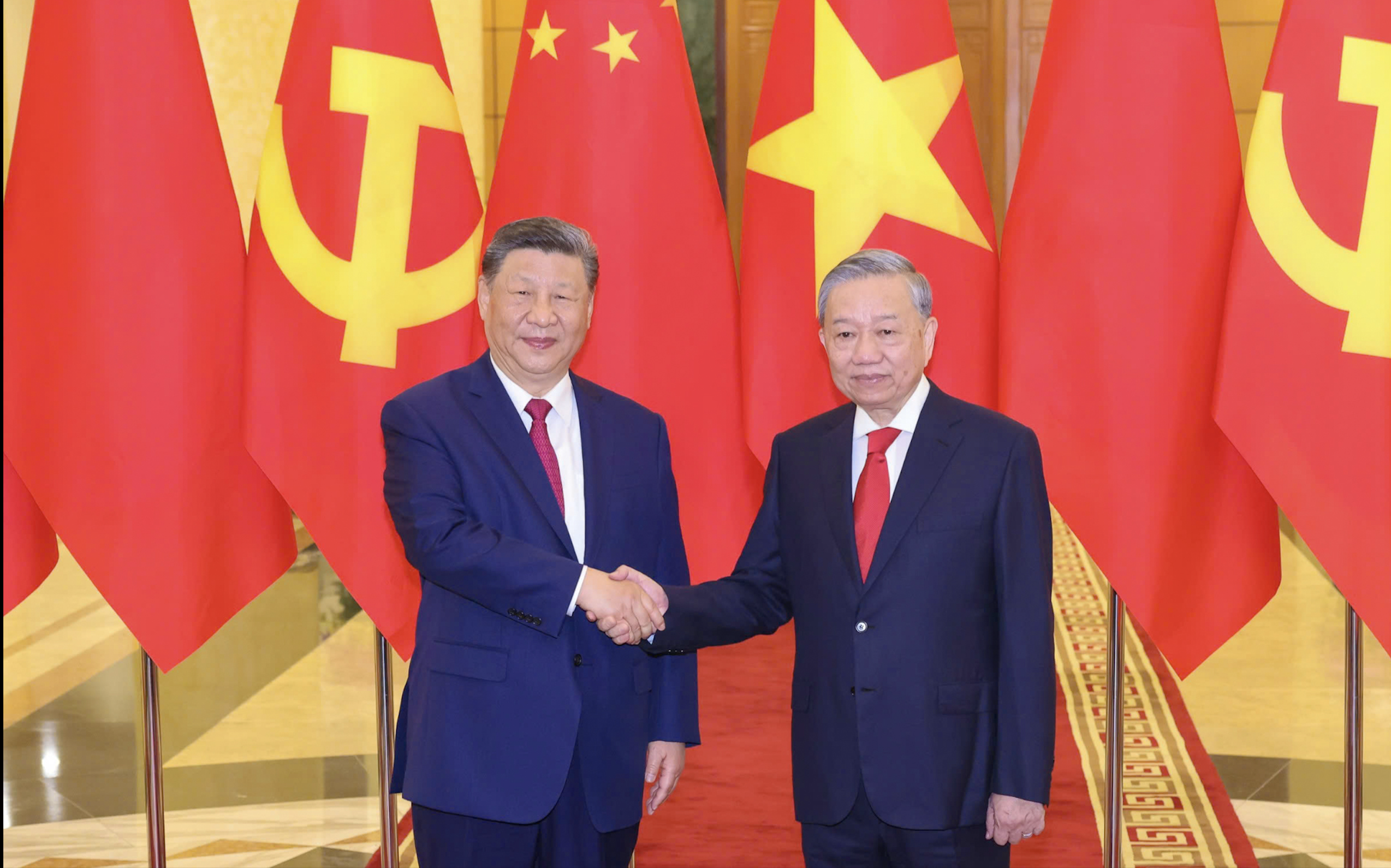
![[Photo] National Assembly Chairman Tran Thanh Man meets with General Secretary and President of China Xi Jinping](https://vstatic.vietnam.vn/vietnam/resource/IMAGE/2025/4/14/4e8fab54da744230b54598eff0070485)

![[Photo] Ceremony to welcome General Secretary and President of China Xi Jinping on State visit to Vietnam](https://vstatic.vietnam.vn/vietnam/resource/IMAGE/2025/4/14/5318f8c5aa8540d28a5a65b0a1f70959)
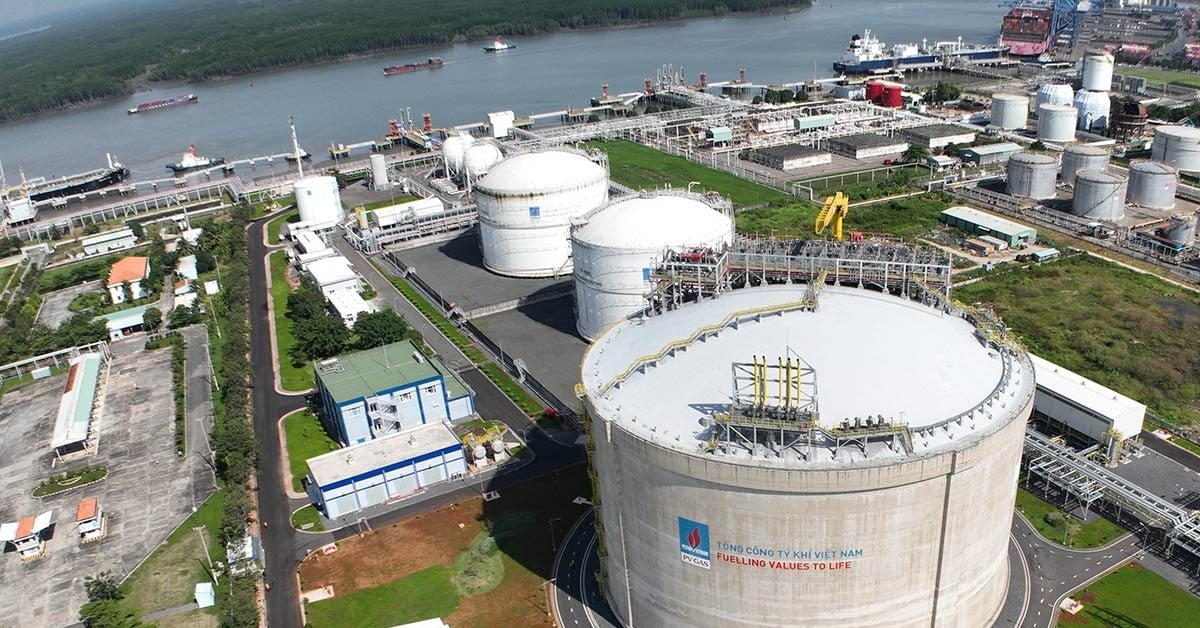

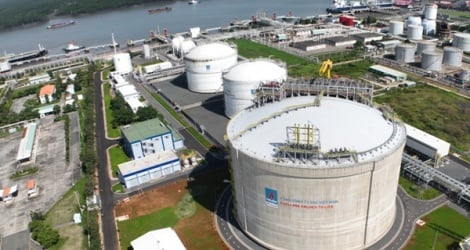


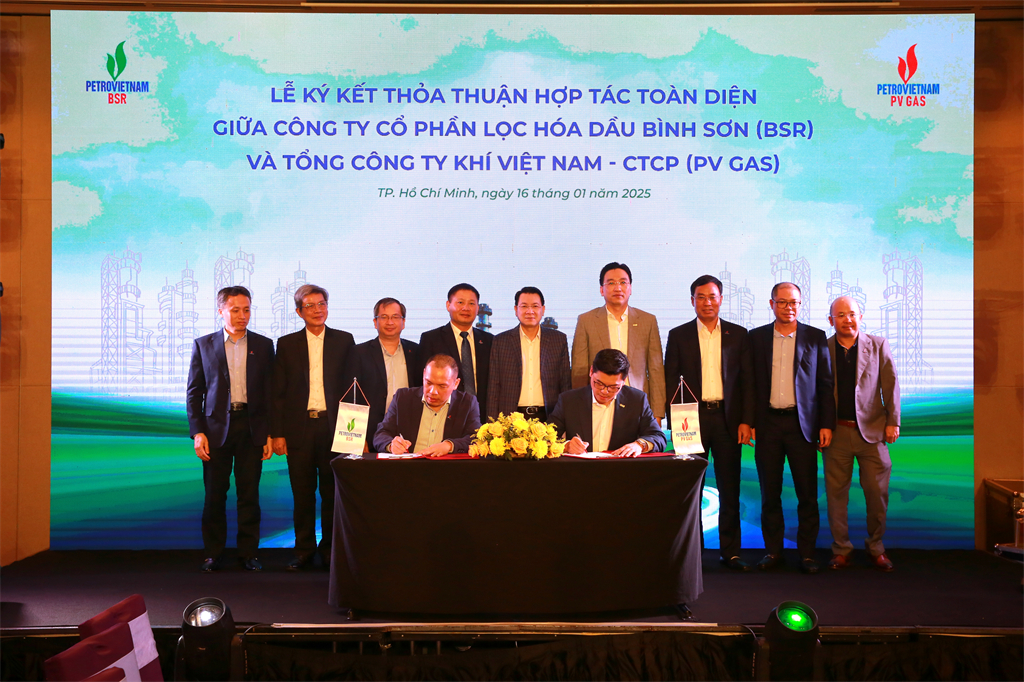





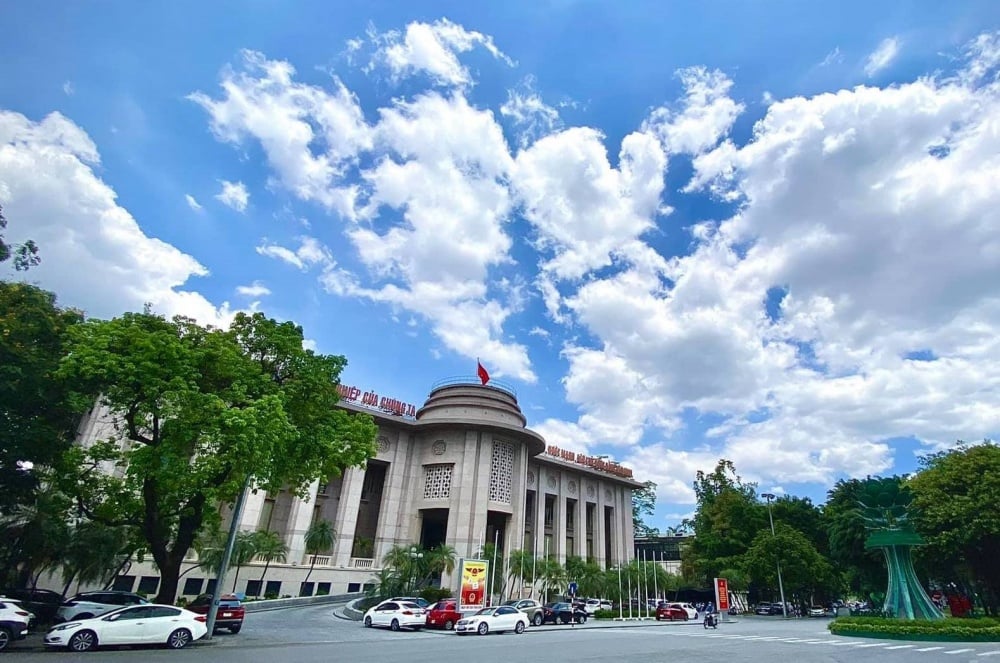



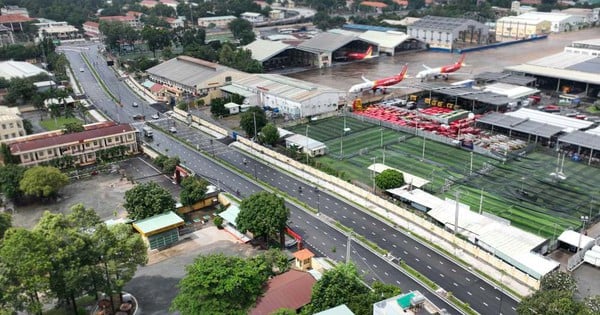

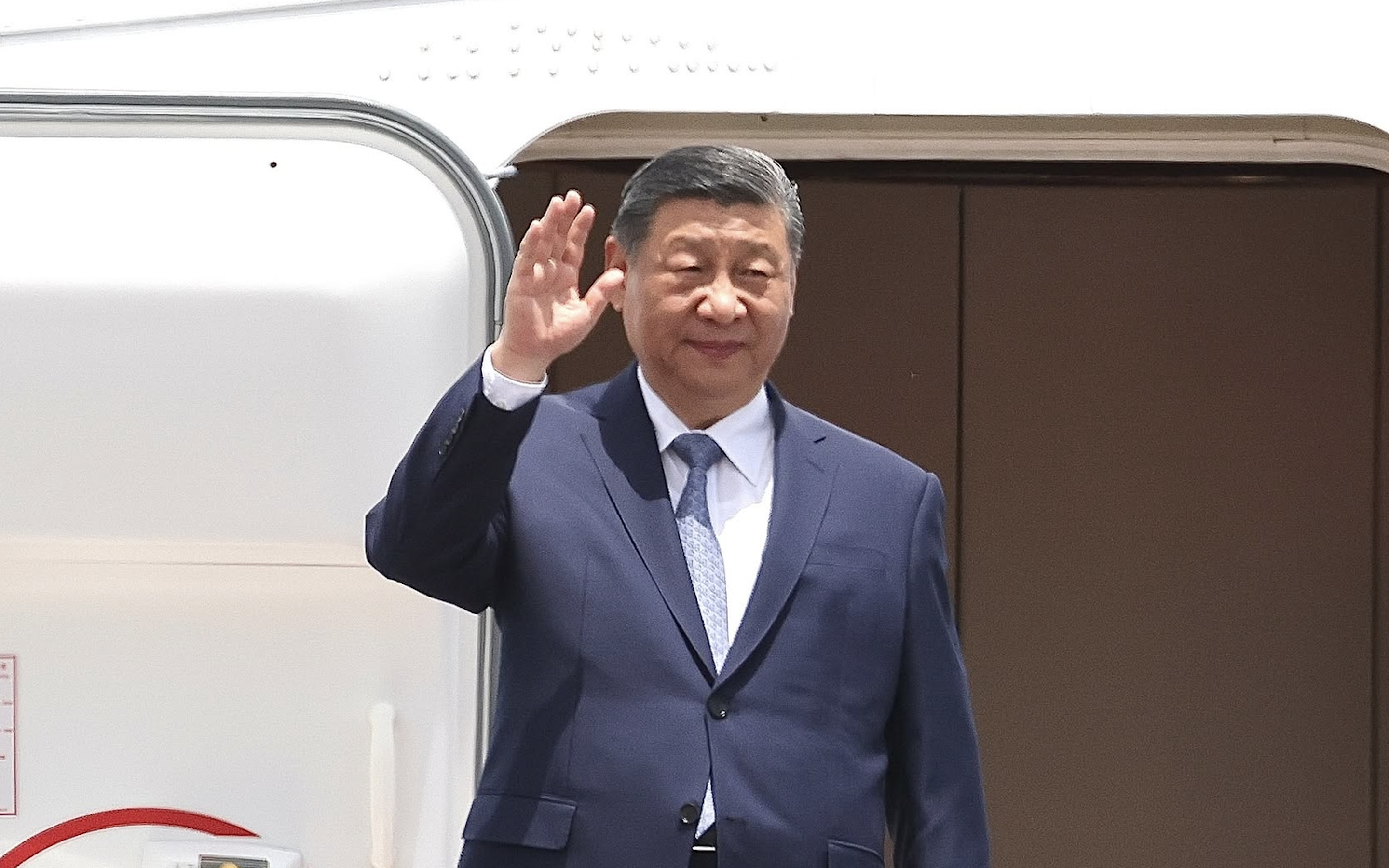


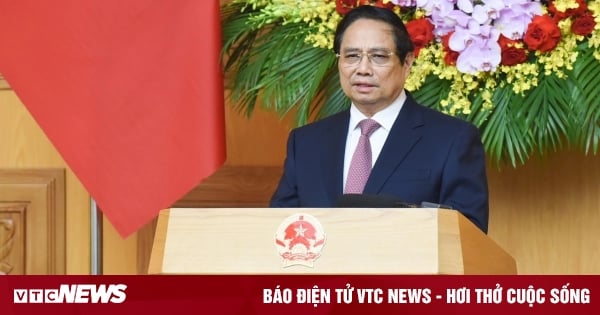


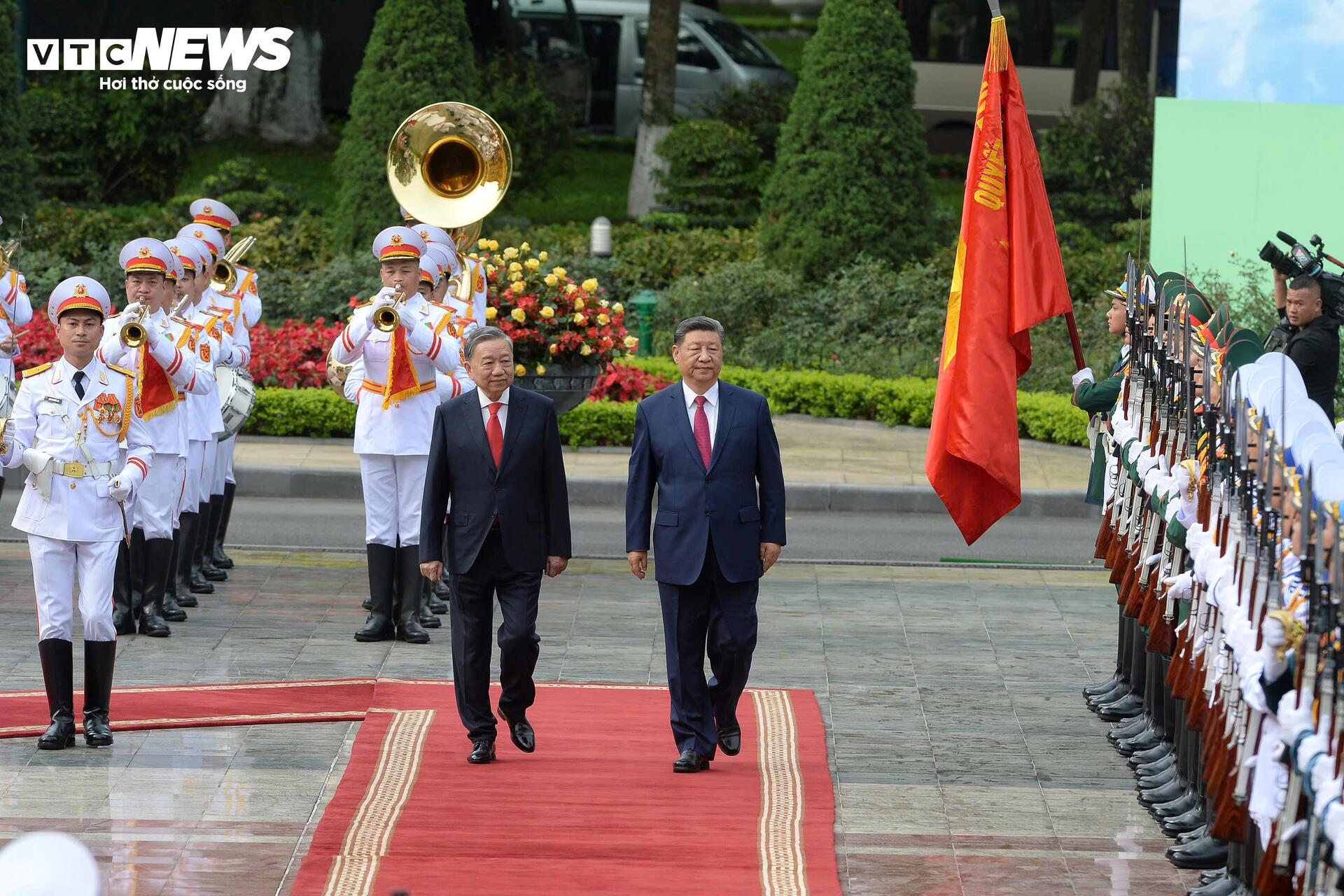



















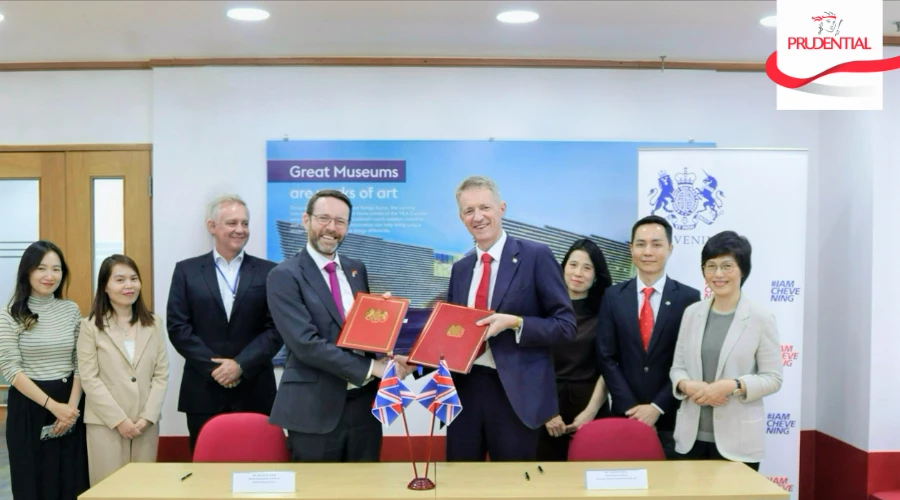






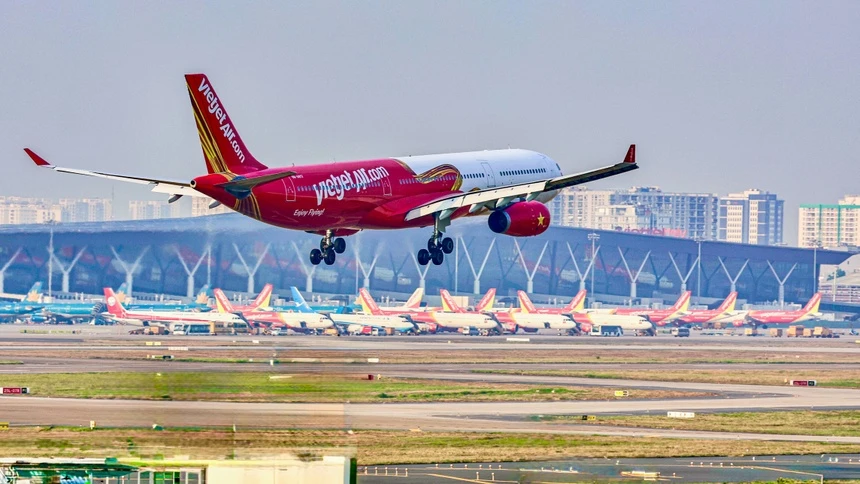

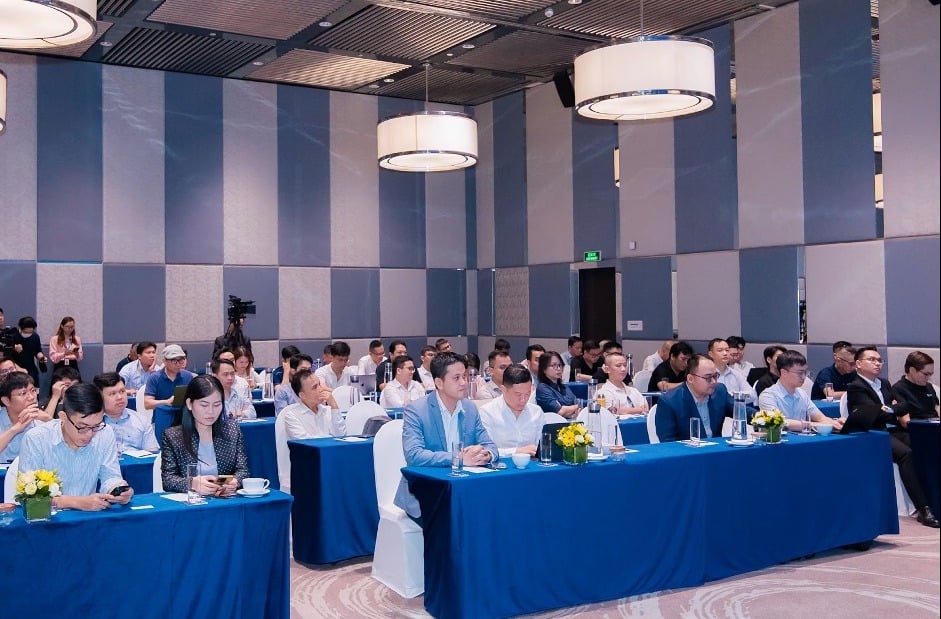



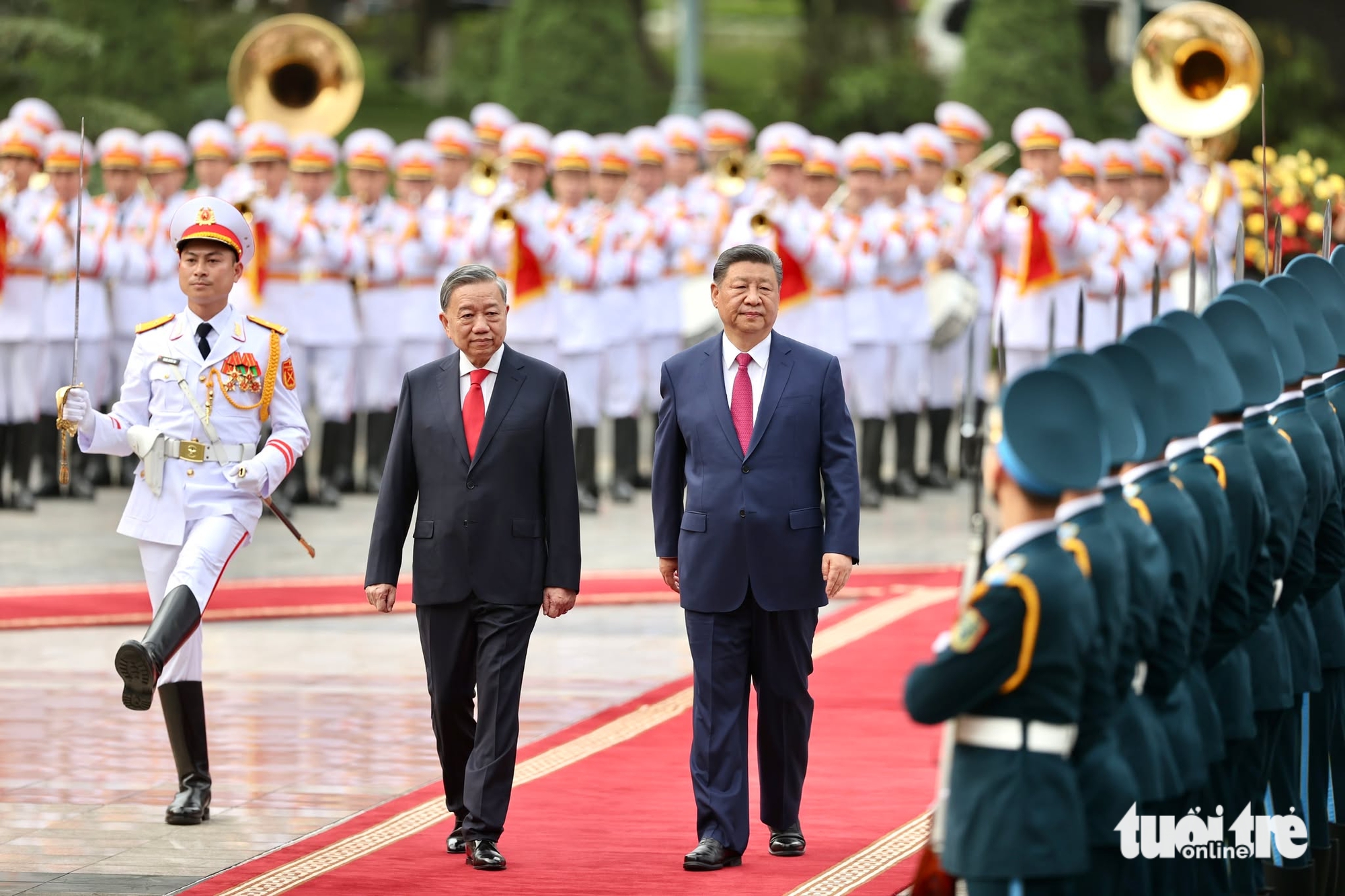
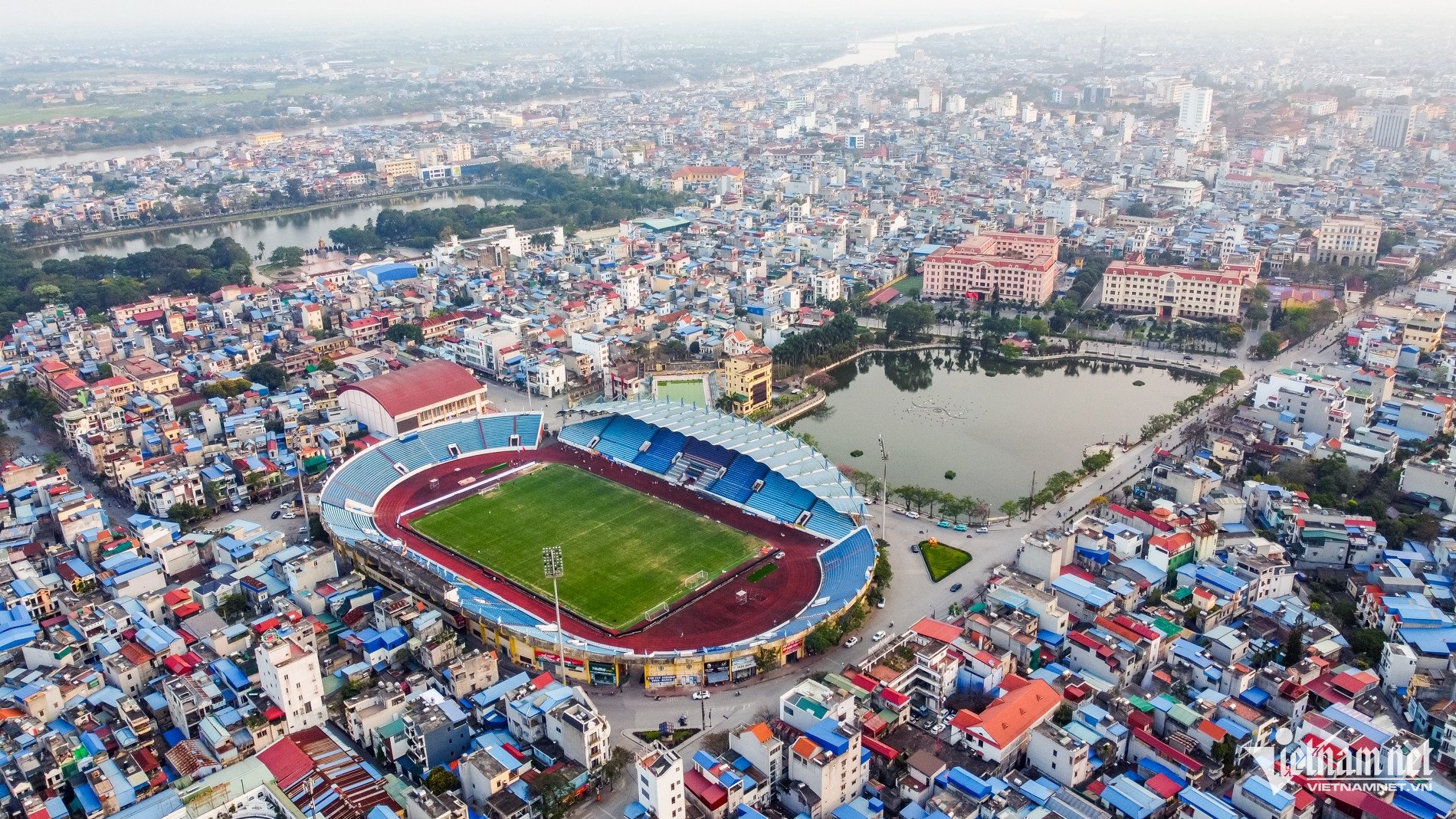





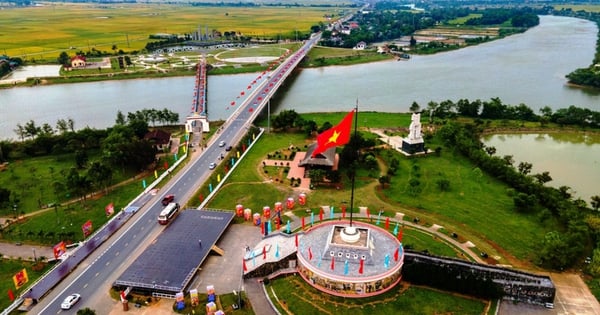

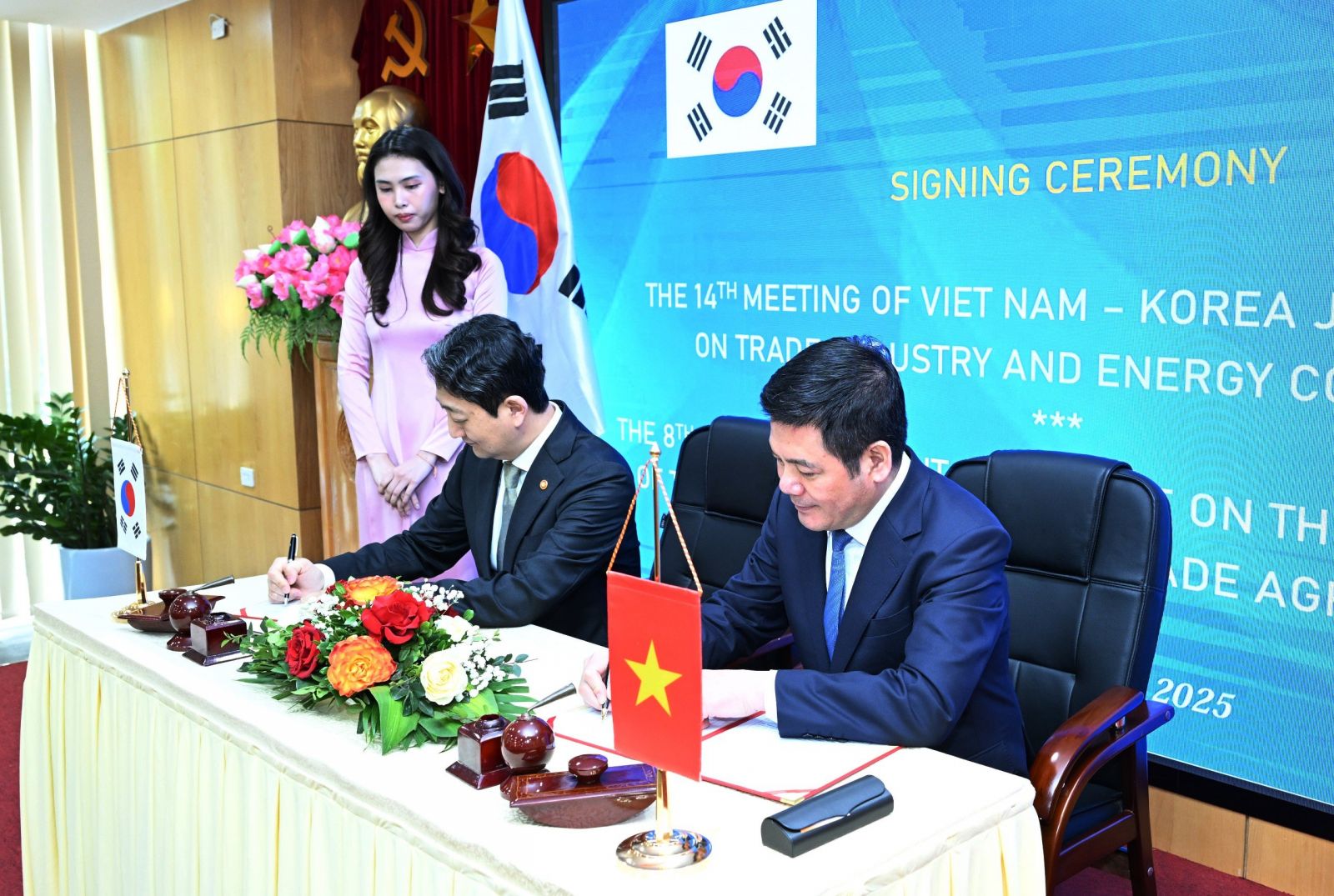




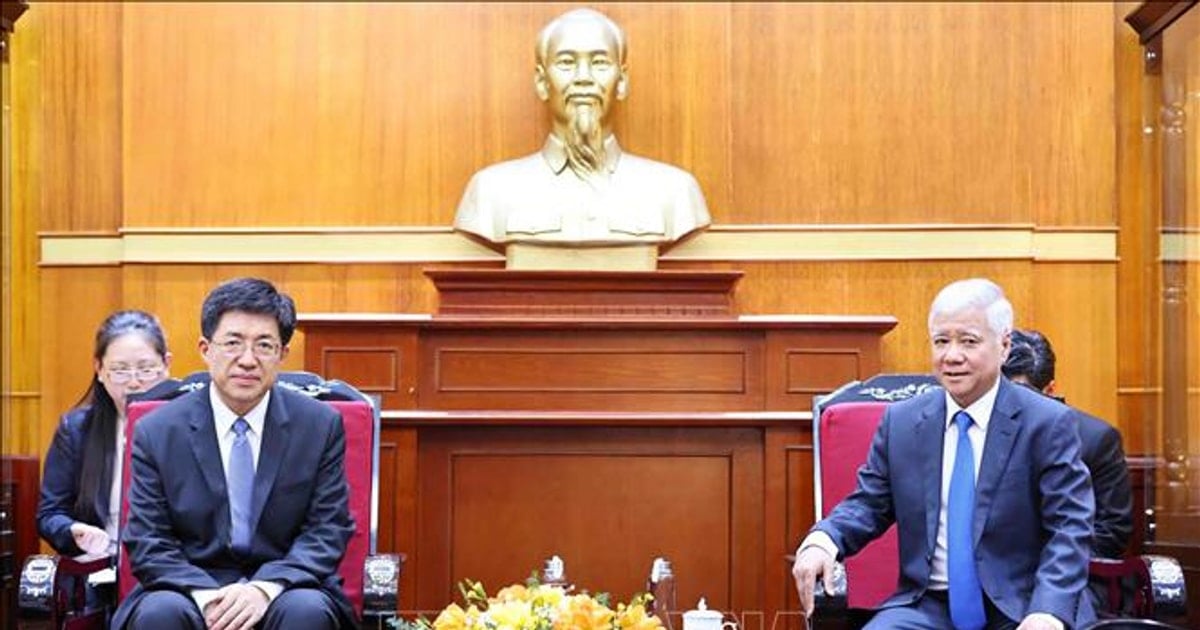



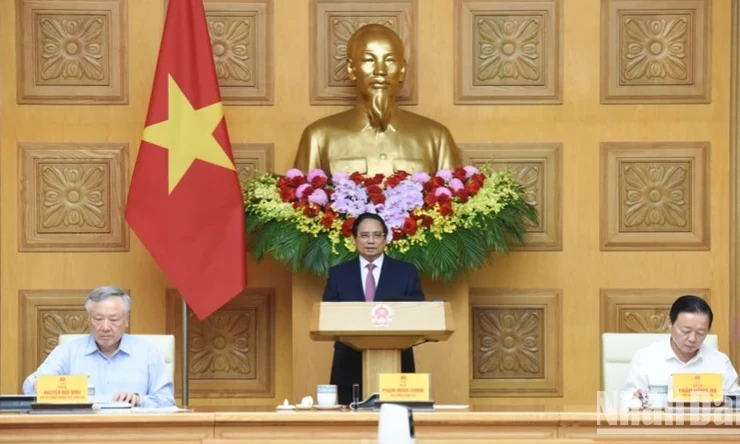


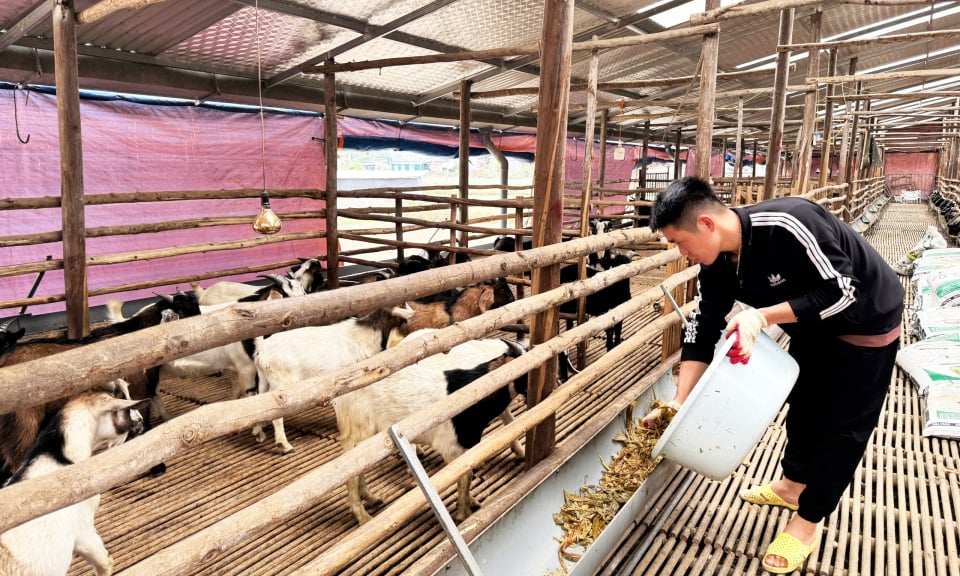








Comment (0)